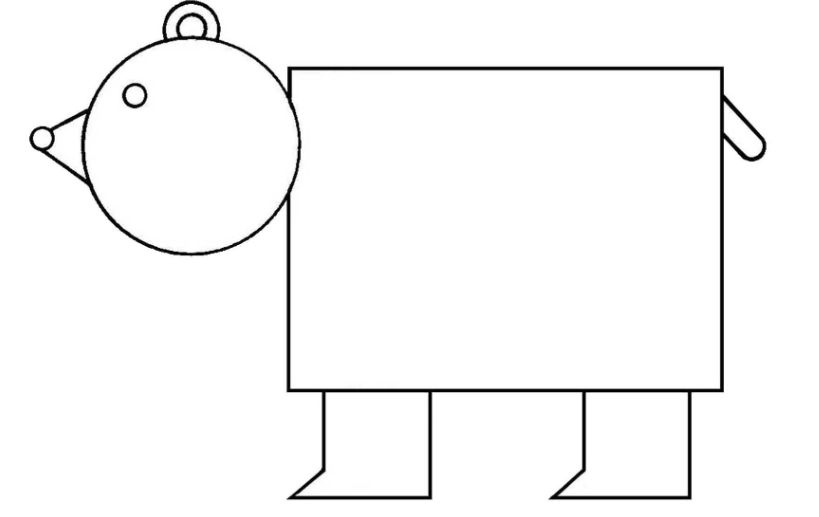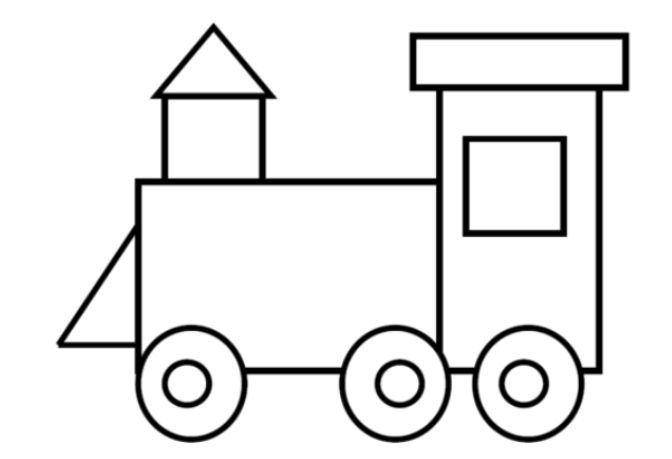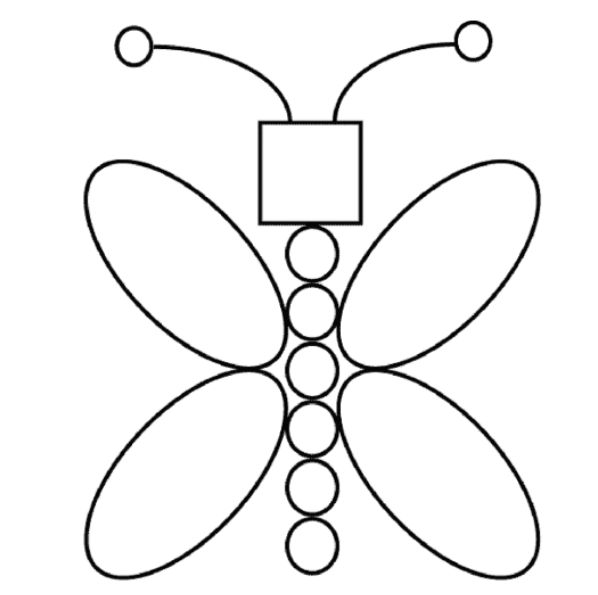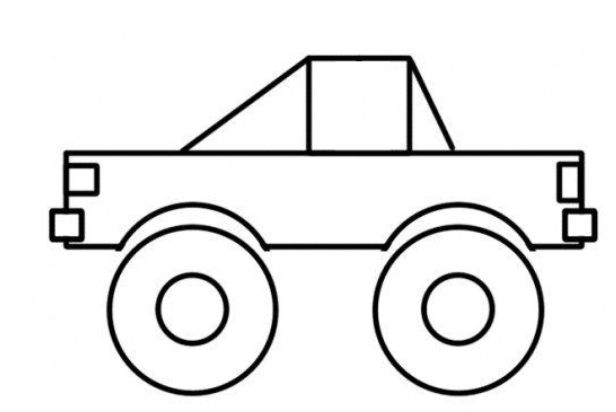Super Sketching
Goal
The "Super Sketching" activity is designed to illustrate the importance of effective communication and listening skills. Participants will engage in a drawing exercise with specific instructions, followed by a debrief to explore their experiences and insights related to communication.
Materials
Instructions
Start by explaining the purpose of the activity: to demonstrate the significance of clear communication and active listening, and why it’s important for communication to go two ways (from/to sender/receiver).
Let the learners know that they will be drawing a picture based on instructions that you provide them. They will need a pen/pencil and piece of paper to do this activity, or a digital sketching pad of some sort.
Let the learners know there will be 2 rounds of drawing.
First Drawing Round
Inform learners of the rules for this drawing round:
They cannot to ask questions
You will not repeat instructions
No one can use gestures
They cannot engage in any form of conversation (only the facilitator may speak)
They cannot look at each other’s work
Share the first set of clear and simple instructions for drawing a simple image without revealing the image itself.
For example, "Draw a large rectangle," "Place three small circles at the bottom of the rectangle," and so on.
See Appendix A for examples of drawings that can be used for this activity. All drawings used should use simple shapes and not require any form of artistic ability in order to be successful.
Allow participants a few minutes to complete their drawings once you’re done providing instructions.
After the first round, have everyone hold up their drawings for the group to see.
Ask participants to share their thoughts on the experience and what they found challenging (see Debrief Questions for questions that can be used in each round of drawing).
Second Drawing Round
Introduce the second drawing round with new rules
Questions may be asked
Instructions may be repeated
Suggestions can be offered and shared
Learners are allowed to communicate with you and each other.
Learners may look at each other’s artwork
Provide a new set of instructions for drawing a different image.
Allow participants to complete their drawings once all questions have been asked and answered.
After the second round, have participants hold up their drawings again.
Ask participants to share their thoughts on the experience and what they found challenging (see Debrief Questions for questions that can be used in each round of drawing).
Attachments
- super sketch car.png
- super sketch butterfly.png
- super sketch train.png
- super sketch bear.png
Background
Preparation
Have a copy of the images to be drawn readily available and also accessible to share with learners once they have completed their drawings (on paper or on a slide)
Determine what order you will give the instructions in, to avoid any confusion or miscommunications.
Ensure that learners do not see the image in advance.
Prepare a timer to track the drawing time for each round.
Ensure learners have access to drawing materials in advance.
Technology Considerations
If conducting the activity virtually, ensure that all participants have access to the necessary virtual meeting platform and digital drawing tools if applicable.
Additional Context
Emphasize that this activity illustrates the impact of clear communication and active listening on the outcome of a task.
Precise instructions, the ability to ask questions, and open dialogue can lead to better outcomes when working with others.
When learners actively listen and seek clarification, they can better grasp the message and perform tasks more effectively. Asking questions benefits everyone involved.
When learners can communicate openly and collaborate with their peers, they often produce higher-quality work.
Tips for Localization
There’s an opportunity with this activity to explore some of the unique aspects of communicating cross-culturally (with someone that doesn’t share our same culture), and have a discussion around the 3 main aspects of this activity - asking questions, repeating instructions, and open communication through collaboration. Some questions to consider for discussion:
Reflect on the role of non-verbal communication within Indigenous communities and cultures around the world.
How does body language, gestures, or symbolism play a part in conveying messages or meaning? How is information sent and received effectively when it’s not being communicated verbally?
Reflect on the power of questions as a means of gaining cultural understanding.
What role do questions play in bridging gaps between cultures, and how can this tool be harnessed effectively? Are there times when questions shouldn’t be used or asked?
Consider the adaptability aspect of the activity.
How do you adapt communication styles when interacting with people from different cultural backgrounds? Does your approach change or remain the same? Have you noticed whether people from other cultural backgrounds change the way they communicate when they communicate with you?
Debrief Questions
First Drawing Round:
How was that activity for you?
What did you find challenging?
What would have made the process easier for you?
Did you feel confident and/or successful in your artwork?
Second Drawing Round:
How was the second round in comparison to the first?
Was this round easier? Why?
Did I or any of the other participants do anything that made the process easier?
Did you feel confident and/or successful in your artwork?
General debrief questions
Reflect on your experience during the first round of the activity. How did the restrictions on communication affect your ability to complete the task?
How did the second round, with more relaxed communication rules, change your approach and experience?
What insights did you gain about the role of questions, repetition, and open communication in achieving a shared goal?
Does anyone have an example of a time in your life where questions, repetition and open communication and collaboration would’ve solve a communication challenge or led to a different/better outcome?
Appendix A: Example images to draw



